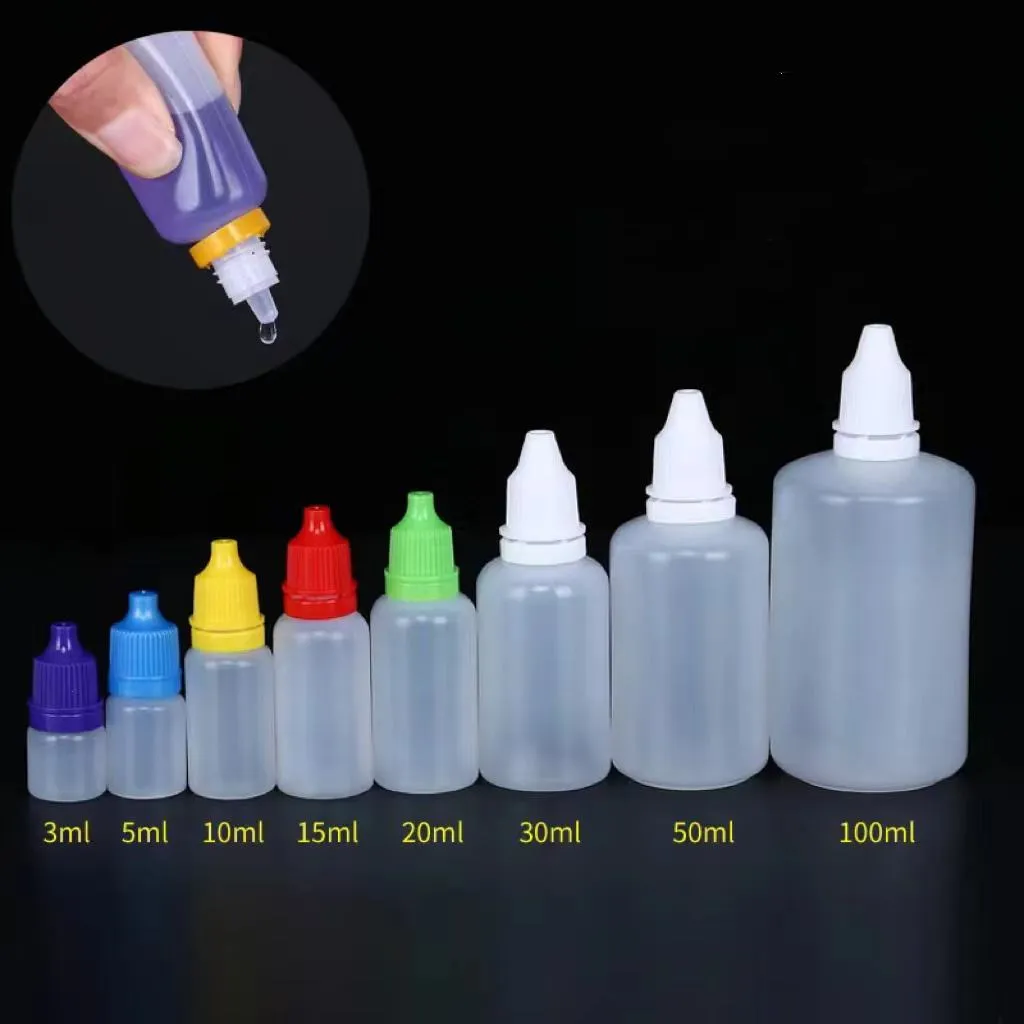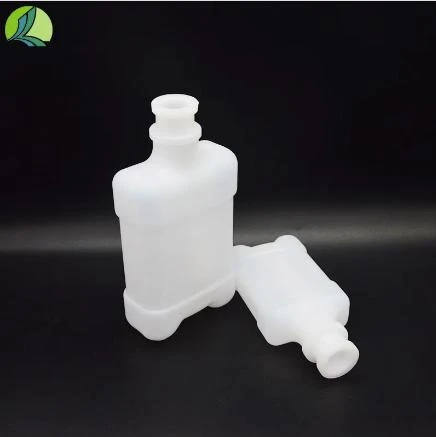
-
 Afrikaans
Afrikaans -
 Albanian
Albanian -
 Amharic
Amharic -
 Arabic
Arabic -
 Armenian
Armenian -
 Azerbaijani
Azerbaijani -
 Basque
Basque -
 Belarusian
Belarusian -
 Bengali
Bengali -
 Bosnian
Bosnian -
 Bulgarian
Bulgarian -
 Catalan
Catalan -
 Cebuano
Cebuano -
 Corsican
Corsican -
 Croatian
Croatian -
 Czech
Czech -
 Danish
Danish -
 Dutch
Dutch -
 English
English -
 Esperanto
Esperanto -
 Estonian
Estonian -
 Finnish
Finnish -
 French
French -
 Frisian
Frisian -
 Galician
Galician -
 Georgian
Georgian -
 German
German -
 Greek
Greek -
 Gujarati
Gujarati -
 Haitian Creole
Haitian Creole -
 hausa
hausa -
 hawaiian
hawaiian -
 Hebrew
Hebrew -
 Hindi
Hindi -
 Miao
Miao -
 Hungarian
Hungarian -
 Icelandic
Icelandic -
 igbo
igbo -
 Indonesian
Indonesian -
 irish
irish -
 Italian
Italian -
 Japanese
Japanese -
 Javanese
Javanese -
 Kannada
Kannada -
 kazakh
kazakh -
 Khmer
Khmer -
 Rwandese
Rwandese -
 Korean
Korean -
 Kurdish
Kurdish -
 Kyrgyz
Kyrgyz -
 Lao
Lao -
 Latin
Latin -
 Latvian
Latvian -
 Lithuanian
Lithuanian -
 Luxembourgish
Luxembourgish -
 Macedonian
Macedonian -
 Malgashi
Malgashi -
 Malay
Malay -
 Malayalam
Malayalam -
 Maltese
Maltese -
 Maori
Maori -
 Marathi
Marathi -
 Mongolian
Mongolian -
 Myanmar
Myanmar -
 Nepali
Nepali -
 Norwegian
Norwegian -
 Norwegian
Norwegian -
 Occitan
Occitan -
 Pashto
Pashto -
 Persian
Persian -
 Polish
Polish -
 Portuguese
Portuguese -
 Punjabi
Punjabi -
 Romanian
Romanian -
 Russian
Russian -
 Samoan
Samoan -
 Scottish Gaelic
Scottish Gaelic -
 Serbian
Serbian -
 Sesotho
Sesotho -
 Shona
Shona -
 Sindhi
Sindhi -
 Sinhala
Sinhala -
 Slovak
Slovak -
 Slovenian
Slovenian -
 Somali
Somali -
 Spanish
Spanish -
 Sundanese
Sundanese -
 Swahili
Swahili -
 Swedish
Swedish -
 Tagalog
Tagalog -
 Tajik
Tajik -
 Tamil
Tamil -
 Tatar
Tatar -
 Telugu
Telugu -
 Thai
Thai -
 Turkish
Turkish -
 Turkmen
Turkmen -
 Ukrainian
Ukrainian -
 Urdu
Urdu -
 Uighur
Uighur -
 Uzbek
Uzbek -
 Vietnamese
Vietnamese -
 Welsh
Welsh -
 Bantu
Bantu -
 Yiddish
Yiddish -
 Yoruba
Yoruba -
 Zulu
Zulu
Laboratory Centrifuge Tubes Essential Uses & Applications
- Introduction to Centrifuge Tubes in Modern Laboratories
- Material Innovations and Technical Advancements
- Performance Comparison: Leading Brands and Key Metrics
- Custom Solutions for Diverse Laboratory Needs
- Real-World Applications Across Scientific Fields
- Future Trends in Centrifugation Technology
- Why Centrifuge Tubes Remain Indispensable

(centrifuge tubes uses in laboratory)
Understanding Centrifuge Tubes Uses in Laboratory Workflows
Centrifuge tubes serve as foundational tools for separating heterogeneous mixtures through rapid rotation. Laboratories globally utilize these devices across biochemistry, pharmaceuticals, and clinical research, with 87% of molecular biology workflows depending on centrifugation steps. Modern designs withstand forces exceeding 30,000 x g, enabling precise isolation of cellular components, proteins, or nucleic acids.
Material Science Driving Tube Reliability
Polypropylene remains the dominant material (used in 72% of lab-grade tubes) due to its chemical resistance and autoclave stability. Recent developments include:
- Ultra-clear polymers for improved sample visibility
- Graduated conical designs enhancing pellet recovery by 40%
- Color-coded caps reducing cross-contamination risks
Manufacturer Comparison: Technical Specifications
| Brand | Max RCF | Temperature Range | Chemical Resistance | Capacity Options |
|---|---|---|---|---|
| Corning | 25,000 x g | -80°C to 121°C | Grade A | 0.2mL-50mL |
| Eppendorf | 30,000 x g | -196°C to 135°C | Grade A+ | 1.5mL-15mL |
| Thermo Scientific | 28,000 x g | -86°C to 121°C | Grade B+ | 5mL-100mL |
Customization for Specialized Research
High-throughput labs now employ RFID-tagged tubes that track 1,200+ samples simultaneously. Sterile manufacturing environments produce tubes with <0.01% particle shedding, critical for nanoparticle research. Clinical applications increasingly demand CE-IVD marked tubes meeting ISO 13485 standards.
Application-Specific Case Studies
- Viral RNA extraction: 98% recovery rate using RNase-free tubes
- Plasma separation: 6-minute protocol vs traditional 15-minute methods
- Cryogenic storage: Maintained sample integrity after 12 freeze-thaw cycles
Emerging Technologies in Sample Processing
Smart tubes with integrated pH sensors entered beta testing in 2023, potentially reducing manual measurements by 70%. Biodegradable PLA tubes now demonstrate comparable performance to conventional plastics in low-speed applications (<5,000 x g).
Centrifuge Tuses in Laboratory: Sustaining Scientific Progress
As evidenced by their 19% annual growth in diagnostic applications, these devices continue enabling breakthroughs from vaccine development to cancer research. Proper tube selection directly impacts experimental outcomes, with optimized designs reducing centrifugation time by 22% while improving sample purity.

(centrifuge tubes uses in laboratory)
FAQS on centrifuge tubes uses in laboratory
Q: What are the primary uses of centrifuge tubes in laboratories?
A: Centrifuge tubes are used to separate substances of different densities in samples via centrifugation. They are essential for isolating cellular components, proteins, or DNA. Their leak-proof design ensures safe handling of hazardous or sensitive materials.
Q: How do centrifuge tubes differ from regular test tubes?
A: Centrifuge tubes are specifically designed to withstand high rotational forces during centrifugation. They have reinforced walls and secure caps, unlike standard test tubes. Their conical bottom also aids in pelleting solid materials efficiently.
Q: When would a centrifuge bottle be preferred over standard centrifuge tubes?
A: Centrifuge bottles are ideal for processing larger sample volumes (typically 250mL-1L). They’re commonly used in high-speed centrifuges for cell culture harvesting or industrial applications. Their wide necks also simplify filling and cleaning.
Q: What materials are centrifuge tubes made of, and why does it matter?
A: They’re made from polypropylene, polyethylene, or glass. Plastic tubes resist chemicals and are disposable, while glass handles organic solvents. Material choice depends on compatibility with solvents and required temperature resistance.
Q: Can centrifuge tubes be reused, and what precautions are necessary?
A: Glass tubes can be sterilized and reused if undamaged. Plastic tubes are generally single-use to prevent cross-contamination. Always inspect for cracks or deformation before reuse to avoid centrifuge failure.
-
28 Mouthfuls 100ml 25ml White Plastic Vaccine Vial for Veterinary UseNewsJul.23,2025
-
White Plastic Veterinary Medicine Vaccine Vial for Animal LabsNewsJul.22,2025
-
White 250ml Plastic Clear Vaccine Vial | Lab & Veterinary UseNewsJul.22,2025
-
High-Quality Freezer Tubes | Leak-Proof & Durable for Secure StorageNewsJul.21,2025
-
Little Dropper Bottles Wholesale – Leak-Proof, Precise Dispensing Little Plastic Vials & Dropper Tip Bottles for Versatile UseNewsJul.08,2025
-
What is a Culture Plate? Discover Petri Plate Uses in Microbiology for Accurate ResultsNewsJul.08,2025






















